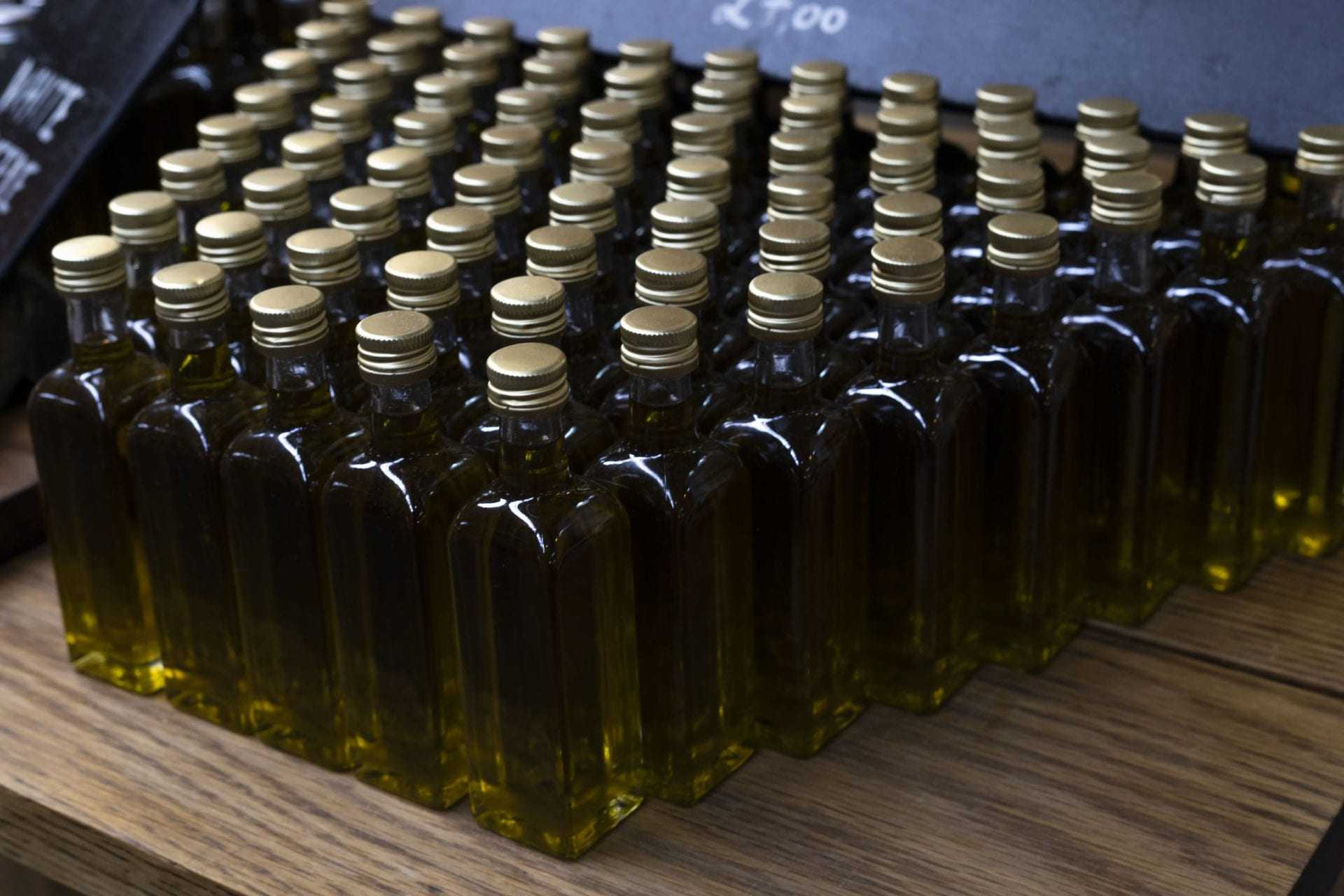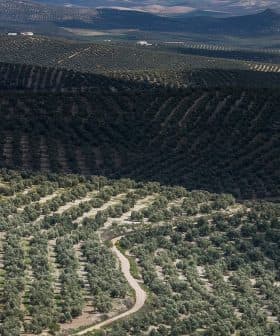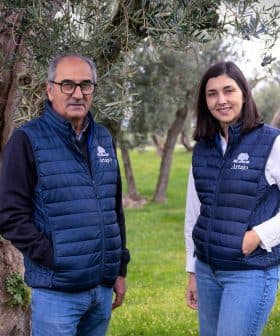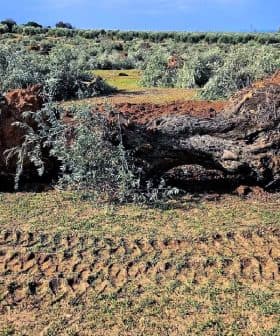Producers: Spanish Olive Oil Prices Inconsistent With Market Conditions

 May. 7, 2020 12:41 UTC
May. 7, 2020 12:41 UTCSpanish olive oil prices have fallen below production costs, leading to significant losses for growers despite increased demand, prompting concerns and calls for government intervention from industry representatives. The situation has left farmers struggling with consecutive seasons of unprofitability, with industry players raising questions about possible market speculation and the effectiveness of EU initiatives to regulate supply and stabilize prices.
Spanish olive oil prices have fallen below production costs even as demand has risen, leaving producers scratching their heads while farmers find themselves in an untenable situation.
This shows that there are operators that are destroying value from the field to the table.
Since March 2018, prices at origin have dropped by 37 percent to $2.30 per kilogram, leaving growers to grapple with two consecutive seasons in which production costs have exceeded sales prices.
Official data from the Spanish Ministry of Agriculture show losses reaching more than $1.2 billion, a figure that industry representatives say is at odds with current market conditions. Prices have fallen 15 percent since March 2019 even as demand has spiked, prompting a call to action from key players in the Spanish industry.
A press release from the farmers association Coordinadora de Organizaciones de Agricultores y Ganaderos (COAG) noted that household demand for olive oil had risen 31 percent, last season’s production was down 37.6 percent, and exports were continuing at a good pace. Given this data, COAG said, prices should be higher.
See Also:EU Olive Oil Production Estimates Release“This shows that there are operators that are destroying value from the field to the table,” said COAG-Jaén representative Juan Luis Avila.
COAG is calling for an investigation into the situation by the Spanish Food Information and Control Agency (AICA), requesting that the government agency verify that olive oil sale contracts take into account the cost of production.
“It is intolerable to maintain such a critical situation any longer when there is an upturn in consumption that is benefiting all the operators in the chain except the olive growers,” Avila said.
COAG is not the only organization concerned about the seemingly unwarranted price drop. Interóleo Group has noted a considerable increase in olive oil consumption in homes in Spain and in other countries since the beginning of the Covid-19 pandemic and the corresponding lockdown measures.
The company noted in a press release that data indicate prices should be rising, not falling.
“It is inexplicable that the prices at origin stay this low, even more so since the olive oil production not only in Spain, but worldwide, has been lower than expected,” said Interóleo Group president Juan Gadeo.
The Ministry of Agriculture’s latest data showed that 88.9 percent of all olive oil sold is available for purchase by domestic consumers. On paper, this should mean that olive oil sales benefit all of the chain players.
Packaging and distribution companies have 1.1 million tons of oil stocked for the season, enabling them to better weather depressed prices, but this is not true for the farmers.
In addition to calling for an investigation of possible market speculation, COAG pointed out that the European Union initiative to regulate supply by privately storing surplus olive oil has not had the expected results.
The latest attempt, which held back 200,000 tons of olive oil from sale for six months with the aim of helping prices recover, didn’t do much to boost sales figures. To face the growing uncertainties of the Covid-19 aftermath, COAG has asked the European Union to consider funding at least an additional six months of private storage.


 Paolo DeAndreis
Paolo DeAndreis






